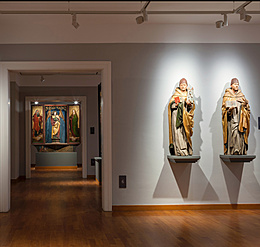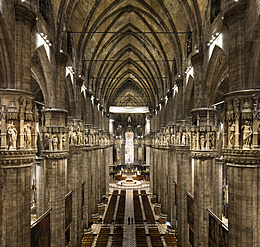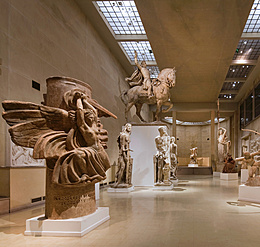The Museum of the Cathedral in Florence, which recently reopened after a huge expansion project that doubled its dimensions, hosts the world’s greatest collection of sculptures of Florentine Middle Ages and Renaissance. Its architecture and artworks are perfectly staged thanks in no small part to ERCO light enhancing their artistic quality.
Officially known as “Cattedrale di Santa Maria del Fiore”, Florence Cathedral is one of the most iconic and popular tourist attractions in Italy. Every year, around 1.4 million people visit the “Duomo”, which was built between 1296 and 1436 and includes the adjoining Baptistry. As well as these two monuments, the cathedral complex today includes the Museum of the Cathedral, or “Museo del Opera di Santa Maria del Fiore”, founded in 1891. Devoted to the history of the Florentine landmark, its design and interior bear the signatures of great Italian artists such as Giotto, Brunelleschi, Ghiberti, Donatello and Michelangelo, whilst giving as much attention to the many sculptures made specifically for the cathedral.





















